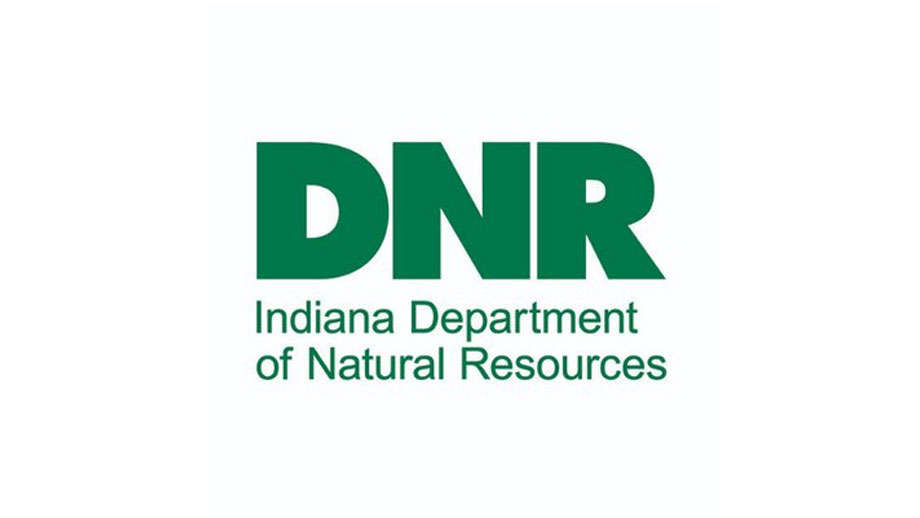
I am sure by now everyone is sick of the dark, muted tones of winter and would love to see a splash of color around their house.
One way to give someone else a splash of color in their life is by purchasing flowers. What better way is there to say, “I care” than with a heart shaped flower.
Some of the plants that are heart shaped include heartleaf philodendron, cyclamen, and anthurium. For a beginner gardener, heartleaf philodendron is an excellent plant to have. It is easy to find and easy to grow. It is a vine with heart shaped leaves that grows great in hanging baskets or by wrapping around upright supports. It tends to thrive in moderate indirect light with moist soil and high humidity.
Cyclamen is another plant with heart shaped leaves. It is often adorned with flowers that can be white, pink, red, and lavender. The flowers are often described as birds in flight. What is truly unique about this plant’s leaves is the white colored water markings that adorn them. Cyclamens range in size but thrive best with bright light, cooler temperatures, and well-drained soil.
Anthurium is also called “Heart of Hawaii” and is known for it’s large, shiny, often heart shaped leaves. The flower of this plant ranges in color from scarlet, pink, white, and lilac. Once it blooms, the flower will last for weeks and is an excellent flower to use in a flower arrangement. It is best to plant anthuriums in coarse, well-drained soil and place it where it can receive bright indirect light.
As you are picking out the plant, you should take the time to think about what container you should put it in. Almost anything can be used as a container for a plant. However, you need to make sure that it has drainage holes and is the appropriate size. Some of the containers that are on the market include glazed and unglazed clay containers, plastic containers, and metal buckets. Glazed clay containers and metal buckets are decorative and look attractive in homes, but they often do not have good drainage. If you chose to use these, then you should place the plant in a properly sized unglazed clay container with drainage holes and then put it inside the decorative container. Be sure to discard the excess water that will be at the bottom of the decorative container after watering.
If you do think about purchasing a plant during the winter months, then you should consider transporting it in a paper bag. This will help prevent the plant from getting cold and dying. Be sure that you fold the top of the paper bag down so that you limit the amount of air that gets into the bag. Then once inside, open the bag up and give the plant away.
Visit our homepage at www.extension.purdue.edu/putnam or you can contact the local Purdue Extension Office by calling 765.653.8411 for more information regarding this week’s column topic or to RSVP for upcoming events. It is always best to call first to assure items are ready when you arrive and to RSVP for programs. While many publications are free, some do have a fee. Purdue University is an equal access/equal opportunity institution. All times listed are Eastern Time.
Upcoming Events
Feb. 26 – Harvesting Her Voice, 6-8 pm,$10, Mooresville, IN, register @ https://bit.ly/FarmRoles
Feb. 27 – Grain Bin Safety webinar, 12-1 pm, register @ https://bit.ly/WIAgLive
Mar. 1 – Beef Weigh-In/ID Day, 7-10 am
Mar. 8 – Ag Day Breakfast & Mini Farm Fest, breakfast 8-9 am, awards 9-9:30 am, mini
farm fest 9:30 am – 12 Noon, Fairgrounds
Mar. 15 – Garden Fair, 8 am – 3 pm, fairgrounds, speakers throughout the day


 Indiana State Parks hiring for lifeguards at public pools and beaches
Indiana State Parks hiring for lifeguards at public pools and beaches
 IDVA offers grant opportunities for non-profit organizations serving the Indiana Veteran Community
IDVA offers grant opportunities for non-profit organizations serving the Indiana Veteran Community
 Gov. Braun activates Indiana National Guard to aid in storm recovery
Gov. Braun activates Indiana National Guard to aid in storm recovery
 Greencastle Police add second K9, embarks on SRO officer for Greencastle Schools
Greencastle Police add second K9, embarks on SRO officer for Greencastle Schools
 Greencastle, Putnam County dodges major storm damage
Greencastle, Putnam County dodges major storm damage
 GPD staying busy with construction traffic
GPD staying busy with construction traffic
 Greencastle man arrested for public nudity
Greencastle man arrested for public nudity
 Danville man killed by downed power lines at crash scene
Danville man killed by downed power lines at crash scene




